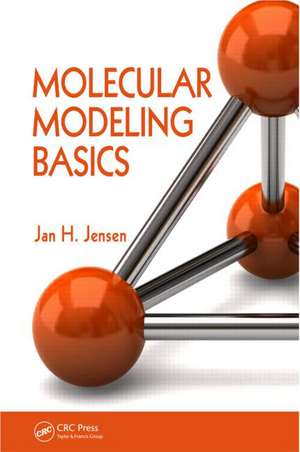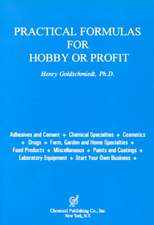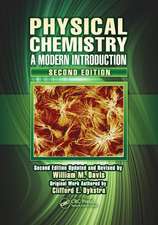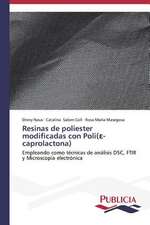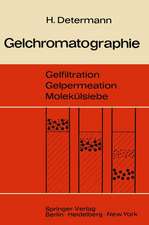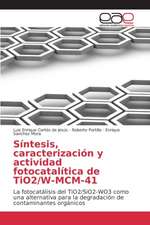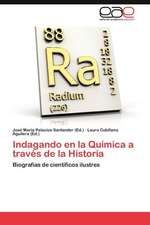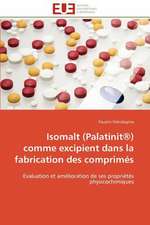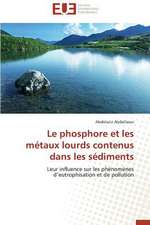Molecular Modeling Basics
Autor Jan H. Jensenen Limba Engleză Paperback – 26 apr 2010
Drawn from the author’s own lecture notes from a class he taught for many years at the University of Iowa, this volume introduces topics in such a way that beginners can clearly comprehend molecular modeling results. A perfect supplement to a molecular modeling textbook, the book offers students the "hands-on" practice they need to grasp sophisticated concepts.
In addition to his blog, the author maintains a website describing his research and one detailing his seminars.
Preț: 423.44 lei
Preț vechi: 498.17 lei
-15% Nou
Puncte Express: 635
Preț estimativ în valută:
81.04€ • 84.29$ • 66.90£
81.04€ • 84.29$ • 66.90£
Carte tipărită la comandă
Livrare economică 14-28 aprilie
Preluare comenzi: 021 569.72.76
Specificații
ISBN-13: 9781420075267
ISBN-10: 1420075268
Pagini: 190
Ilustrații: 124 black & white illustrations, 2 black & white tables
Dimensiuni: 156 x 234 x 13 mm
Greutate: 0.35 kg
Ediția:1
Editura: CRC Press
Colecția CRC Press
ISBN-10: 1420075268
Pagini: 190
Ilustrații: 124 black & white illustrations, 2 black & white tables
Dimensiuni: 156 x 234 x 13 mm
Greutate: 0.35 kg
Ediția:1
Editura: CRC Press
Colecția CRC Press
Public țintă
ProfessionalRecenzii
… very much a primer for those who want to discover the equation behind the picture. In a mere 166 pages, a dizzying number of the mathematical concepts behind modelling are covered, and the equations are good value for money, with 252 set out and annotated with 125 figures
— Henry Rzepa writing in Chemistry World, September 2010
— Henry Rzepa writing in Chemistry World, September 2010
Cuprins
The Potential Energy Surface. Calculating the Energy. Molecular Properties and the Condensed Phase. Illustrating the Concepts. The Details of the Calculations. Index.
Notă biografică
Jan H. Jensen , Ph.D., was born in Denmark in 1969 and came to the United States as a foreign exchange student in 1985. He received his B.A. in chemistry from Concordia College in 1989 and his Ph.D. in theoretical chemistry from Iowa State University in 1995, working with Mark Gordon. He continued in the Gordon group as a postdoctoral associate until 1997, when he moved to the University of Iowa where he was first assistant and then associate professor of chemistry until 2006. In 2006 he moved to the University of Copenhagen where he is now professor of bio-computational chemistry in the Department of Chemistry. His research interests are primarily in the area of computational molecular biophysics-at the intersection of molecular physics, quantum chemistry, and structural biology/bioinformatics.
Descriere
Molecular modeling is becoming an increasingly important part of chemical research and education. This volume provides the fundamental theory needed to understand not only what molecular modeling programs do, but also the gist of research papers that describe molecular modeling results. It begins by examining the potential energy surface (PES). It explores ways to calculate energy by molecular and quantum mechanics. It describes molecular properties and the condensed phase, and shows how to extract and interpret information from a program output. The author uses hands-on exercises to illustrate concepts and he supplements the text with a blog containing animated tutorials and interactive figures.
